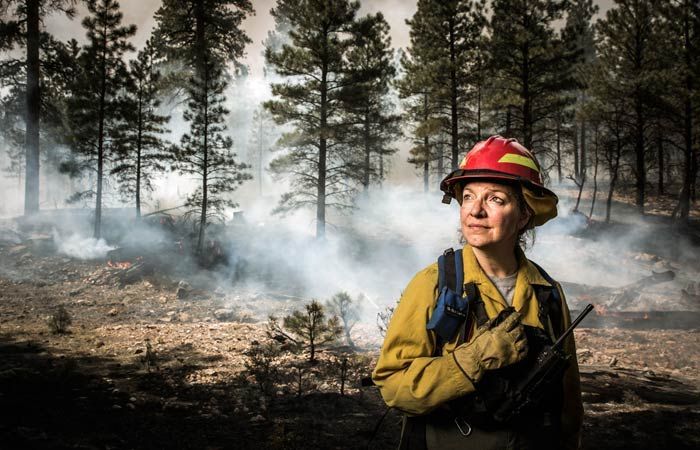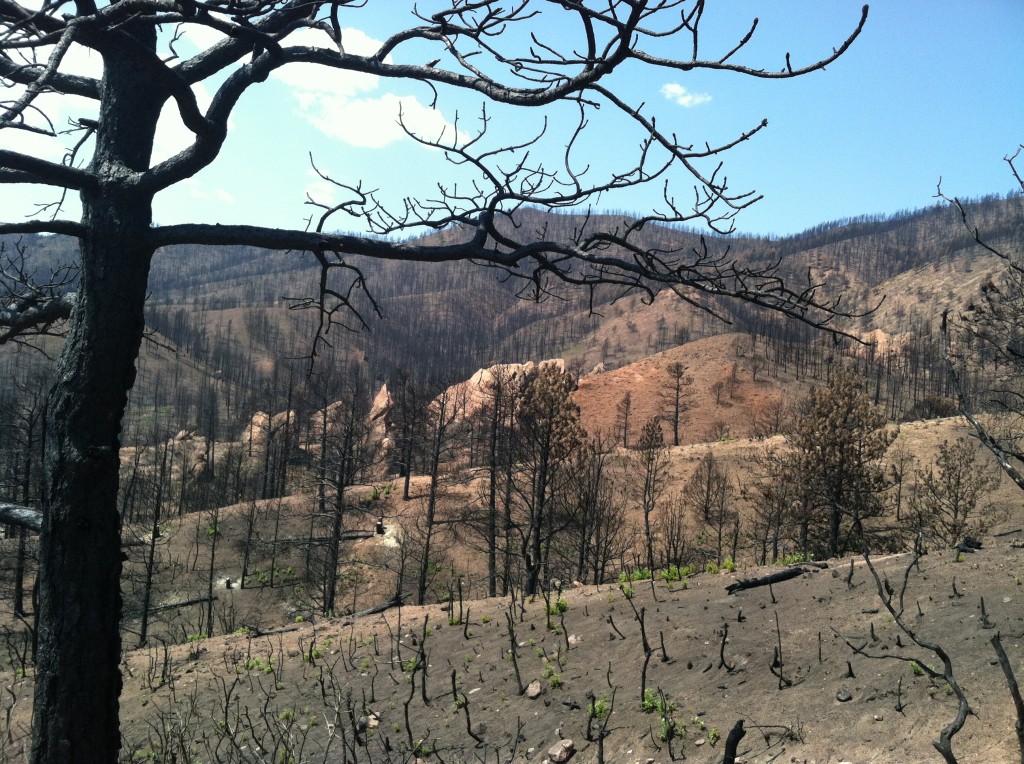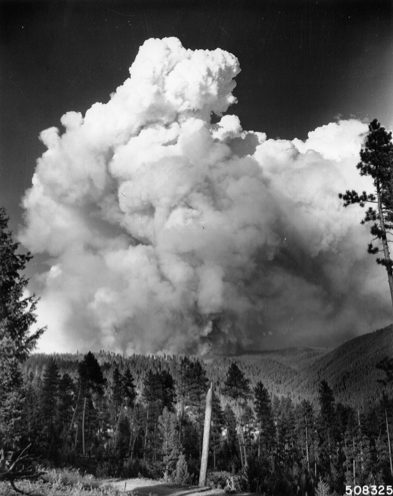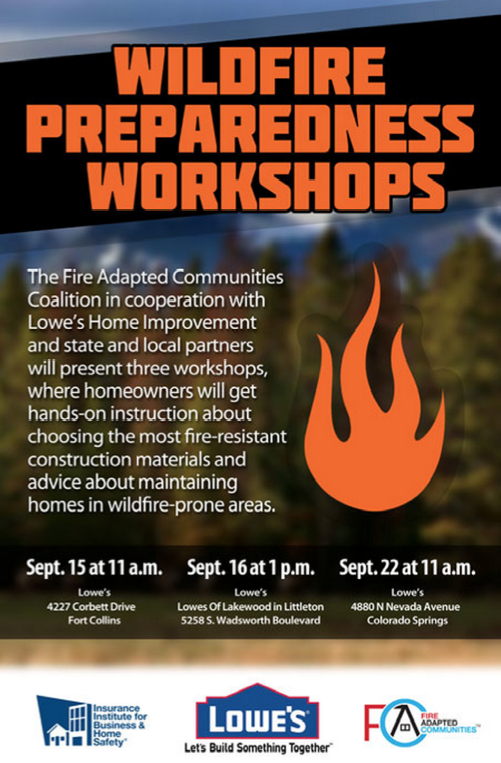Author: admin
What does a fire adapted community look like?
Take a closer look at the Fire Adapted Communities infographic showing what a fire adapted community looks like.

What is a fire adapted community?
A Fire Adapted Community takes responsibility for its wildfire risk. Actions address resident safety, homes, neighborhoods, businesses and infrastructure, forests, parks, open spaces, and other community assets. The more actions a community takes, the more fire adapted it becomes.

How does a community become fire adapted?
Becoming a fire adapted community is a process and includes the following characteristics:
- It is in or near a fire adapted ecosystem.
- It has adequate local fire suppression capacity to meet most community protection needs.
- Its structures and landscaping are designe
- d, constructed, retrofitted and maintained in a manner that is ignition resistant.
- It has local codes [building, planning, zoning, and fire prevention codes] that require ignition-resistant home design and building materials.
- Fuels on land near and inside the community are treated and maintained for safety.
- It has and uses a community wildfire protection plan.
- It has built other safety features such as buffers between fuels and the community; safe designated evacuation routes; and safe zones in the community when evacuation is not advisable.

CUSP Selected to Lead One of Eight Fire Adapted Community Pilots
Download ‘A Learning Network for Growing Fire-Adapted Communities: Pilot Project Kick-Off’ powerpoint for more information about the Learning Network.

Catching Fire
Catching Fire: Restoring Arizona’s overgrown forests before the next megafire (PDF 79k) was published this month in Nature Conservancy Magazine. The article highlights the Four Forest Restoration Initiative, or 4FRI, a collaborative working to restore millions of acres of national forest land in Northern Arizona. Visit the article link for the online version and photo gallery.
Udall-Inhofe Fire Mitigation Bill
Jill Ozarski (of Senator Mark Udall’s office), shared information on the Udall-Inhofe Fire Mitigation bill, which Senator Udall introduced last week. “We believe this program could be a game-changer for wildfire mitigation in Colorado, and appreciate all of your support as it moves forward,” Jill said. The bipartisan bill, co-sponsored by Jim Inhofe (R-Okla.), would allow FEMA to proactively work with states and localities on wildfire mitigation projects, and would allow states including Colorado to be eligible to receive an additional 15 percent of the total FEMA allocates for fire suppression and mitigation. See below for the press release and the bill.
- Press release announcing Udall-Inhofe legislation to allow FEMA to work to reduce wildfire risks (PDF 97k)
- Udall-Inhofe Fire Mitigation bill (PDF 277k)

Teller-Park Conservation District Annual Meeting Discussing Forests and Fire
 JOIN THE TPCD AT THE 2012 ANNUAL MEETING – SPETEMBER 22, 9AM-11:30 AM FLORISSANT GRANGE HALL
JOIN THE TPCD AT THE 2012 ANNUAL MEETING – SPETEMBER 22, 9AM-11:30 AM FLORISSANT GRANGE HALL
Featuring Guest Speakers:
Tom Troxel, Executive Director, Intermountain Forest Association
Dan Casey, Casey Lumber, Woodland Park
Matt Matwijec, Colorado State Forest Service
Tom and Dan will discuss the history of forest management in Colorado, factors contributing to bark beetle epidemics and fires, the importance of desired conditions in forest planning & the role of forest product companies in achieving forest management objectives for the national forests and private landowners.
Matt will discuss fire behavior and creating defensible space for large and small landowners.
VIEW THE FLYER HERE – TPCD Annual Meeting 2012 flyer

A new paper discussing fuels and fire in bark beetle impacted forests is available
A recently published report in the journal Forest Ecology and Management, authored by Michael J. Jenkins, Wesley G. Page, Elizabeth G. Hebertson, and Martin E. Alexander, titled, “Fuels and fire behavior dynamics in bark beetle-attacked forests in Western North America and implications for fire management,” discusses the consequences of the beetle epidemic on fire and fuels . While the bark beetle is endemic in our area, the discussion and implications can be related to the WPHFI area as we continue to control the beetle outbreaks.
